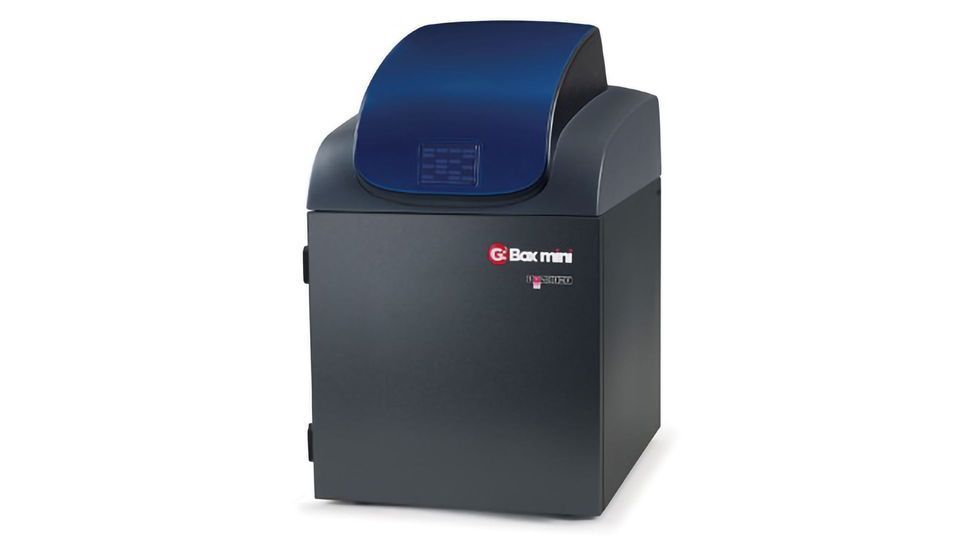New Eco-friendly, EPI UV HI-LED Lights for Syngene G:BOX Imagers Enable Fast, Sensitive Protein Detection and Quantification

G:BOX mini multi-application gel and blot imaging system
Want to listen to this article for FREE?
Complete the form below to unlock access to ALL audio articles.
Read time: Less than a minute
Syngene, a world-leading manufacturer of image analysis solutions, introduced a new Epi UV HI-LED lighting option for its popular G:BOX Chemi and G:BOX mini multi-application gel and blot imaging systems. These environmentally friendly lights allow faster workflow and more accurate results when imaging a diverse range of fluorescently labelled proteins on gels and blots.
With an excitation wavelength of 365nm, the Epi UV HI-LED lights transform G:BOX Chemi and G:BOX mini systems into higher-performance imagers capable of detecting SYPRO® Ruby labelled proteins, colonies and proteins labelled with wtGFP, as well as fluorescent proteins on TLC plates. Since the new lighting is around 200 times more intense than standard LEDs, exposure times are shorter, which means G:BOX systems are excellent for rapidly imaging complex multiplex fluorescence blots, 1D and 2D gel applications.
Featuring up to 100,000 hours’ service life, the eco-friendly, Epi UV HI-LED lighting is automatically controlled by GeneSys software via an intuitive, icon-driven set up. This powerful lighting and G:BOX combo, with its real-optical imaging, provides unrivalled resolution and sensitivity, allowing scientists to accurately visualise close bands; precisely detect DNA and proteins down to the femtogram level, and enjoy great publication-quality images every time.
With an excitation wavelength of 365nm, the Epi UV HI-LED lights transform G:BOX Chemi and G:BOX mini systems into higher-performance imagers capable of detecting SYPRO® Ruby labelled proteins, colonies and proteins labelled with wtGFP, as well as fluorescent proteins on TLC plates. Since the new lighting is around 200 times more intense than standard LEDs, exposure times are shorter, which means G:BOX systems are excellent for rapidly imaging complex multiplex fluorescence blots, 1D and 2D gel applications.
Featuring up to 100,000 hours’ service life, the eco-friendly, Epi UV HI-LED lighting is automatically controlled by GeneSys software via an intuitive, icon-driven set up. This powerful lighting and G:BOX combo, with its real-optical imaging, provides unrivalled resolution and sensitivity, allowing scientists to accurately visualise close bands; precisely detect DNA and proteins down to the femtogram level, and enjoy great publication-quality images every time.

